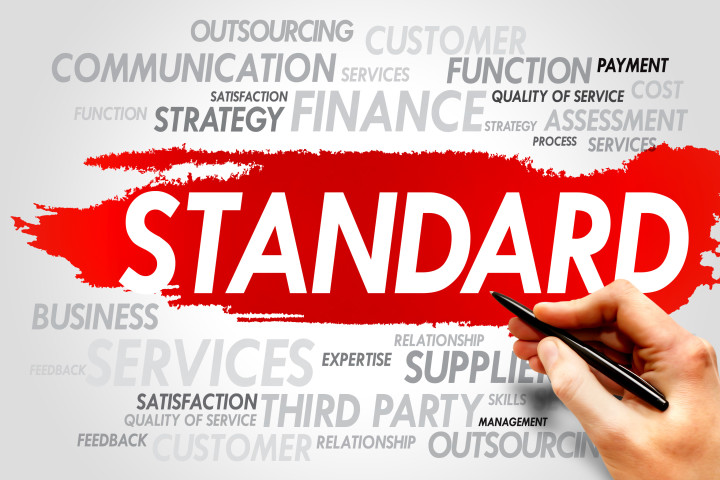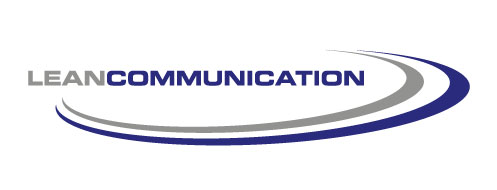Lean Communication: Standard Work
In lean manufacturing, standard work means documenting the best practices of how the work gets done to establish a baseline for further improvement. The benefits are reductions in variability and making it easier for new people to learn the process. The same idea can apply to communication, particularly for complex topics and long presentations.
It can sometimes feel intimidating to try to figure out the best logical structure for a large mass of data that you’ve accumulated, and it is hard work if you try to reinvent the wheel each time. But fortunately, just as fiction writers know that there are only a few standard plots, lean communicators know that lean conversations and presentations tend to follow one of just a few established patterns.
Standard work pays off for both you and your audience in two ways. First, it’s efficient. It saves you time because having a small library of mental templates can make it easier to organize your thoughts without having to reinvent the wheel each time you think and communicate. It makes things easier on you mentally as well, because it reduces the number of decisions you have to make during preparation. As lean expert Dan Markovitz writes, “Jon Stewart said that it took him six years to write his first 45 minutes of material. Now, with a rigidly defined process (and, to be fair, a team of writers), he creates 30 minutes every single day. The structure, and the standard work you define, enable you to manage the unpredictable crises.” Standard work also saves time for your listeners because they don’t have to waste time trying to figure out your logic—they already know what to expect.
Standard work is also effective, in that it improves the quality of your thought. Just like a checklist, it frees your mind for more complex thoughts, and it allows you to refine and hone your approach over time as you learn what works and what does not.
(In case you think standard work will cramp your creative style, a guy named Shakespeare did OK following the same 5-act structure in all his plays.)
Here are six suggested standard structures that you may use. When you use these regularly with the same people, they will learn to expect things presented in a certain way, which can remove a tremendous amount of waste from the process.
Topical is the simplest, but can also be the most powerful. In effect, the structure is a pyramid. The main point, might be: “We need to do X.”
- Reason #1 plus supporting detail
- Reason #2 plus supporting detail
- Reason #3 plus supporting detail
Problem/solution structure. Many proposals are the solution to a problem.
- What is the problem?
- Description
- Root cause
- Consequence
- Criteria for solution
- Alternatives considered
- Recommended solution
- Implementation plan
Opportunity/investment: If there is no immediate pressing problem to be solved, but an opportunity to be seized, you can lay it out in the way the mind considers an investment proposal:
- What is the opportunity?
- How much is the investment?
- What are the risks?
- What’s the return? This does not have to be expressed in dollar terms, but the more you can quantify it, the stronger will be your argument.
SCR: This stands for Situation, Conflict, and Resolution. Also known as the story structure, it’s very powerful because our minds respond to stories. The SCR structure is not technically “lean”, because it saves the punchline for the end, but it does have great flow, so if the story is well-told, it can save time and reduce waste by engaging attention very well.
- Situation describes the present context of future goals,
- Conflict describes the issue that needs to be addressed and its consequences, and
- Resolution is the “happy ending”.
YTT stands for Yesterday, Today, Tomorrow. is useful for situation updates or regularly scheduled reviews. Here’s where we started from, here’s where we are today, and here’s where we need to go tomorrow. It has good flow, and is useful for brining everyone in the room up to a common level of knowledge…
- Yesterday: Describe the origins of the situation
- Today: What is the current state, and why it’s not satisfactory
- Tomorrow: What needs to happen and what the benefits will be
Your Boss’s Favorite Structure: No, this is not a joke. Many executives have developed their own preferred structures for receiving information with which to make decisions. You should pay close attention to the questions they ask when you or others present, and figure out the pattern. By using this pattern, you will win and they will win.





